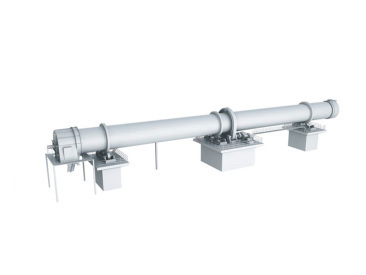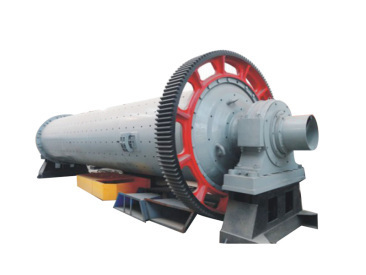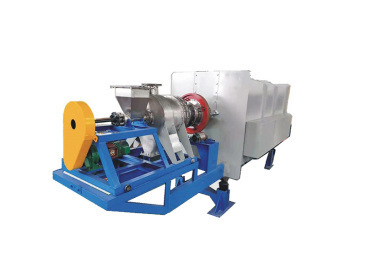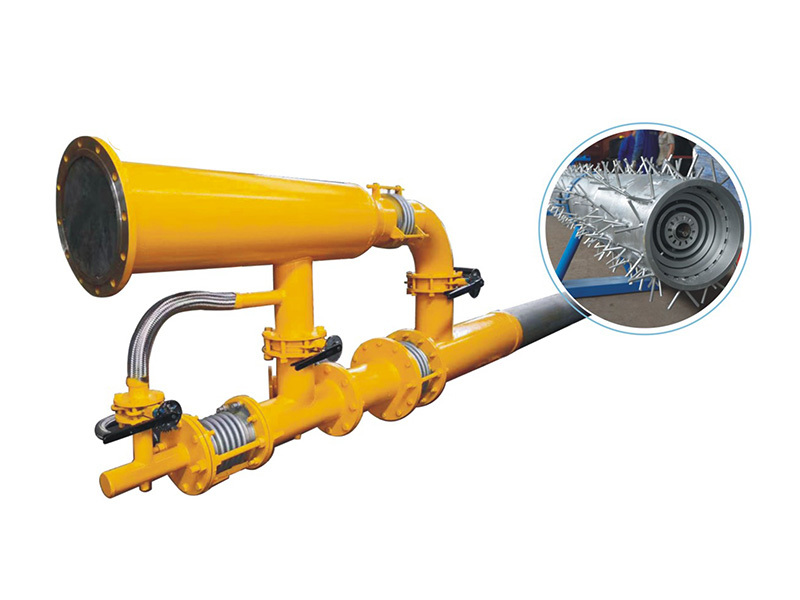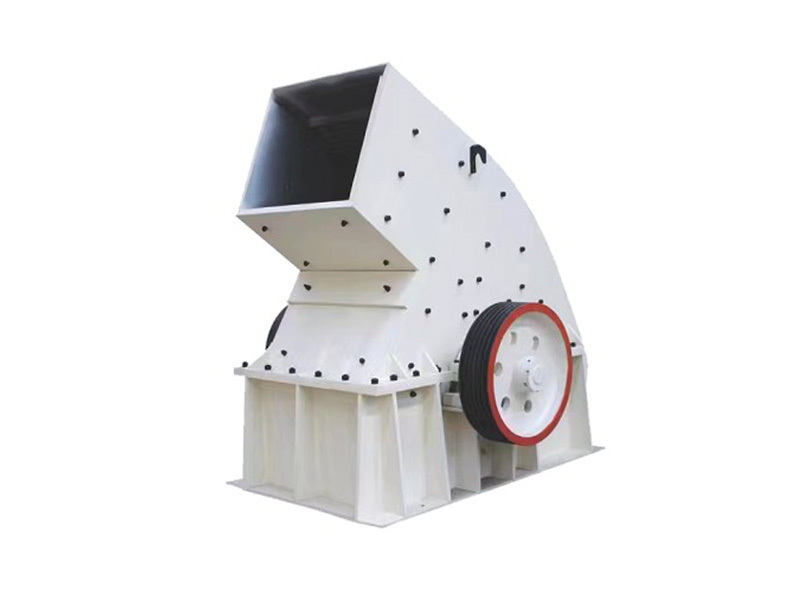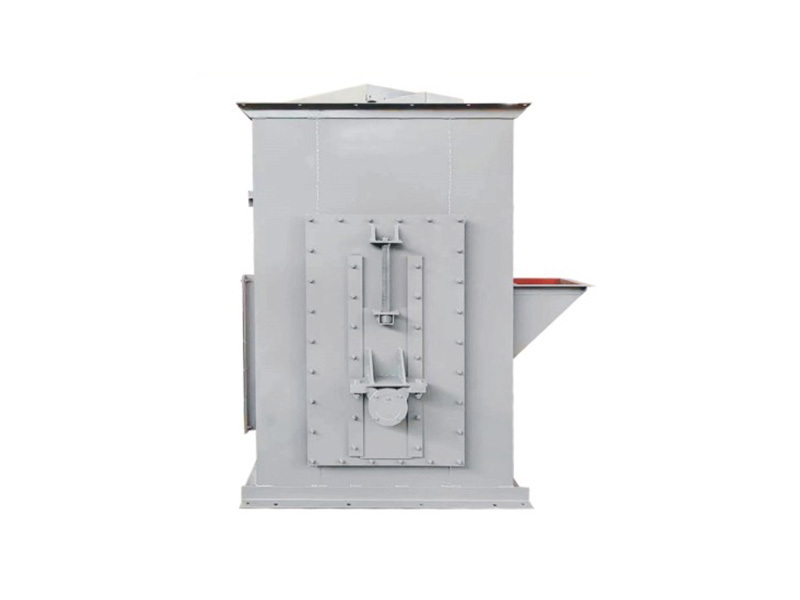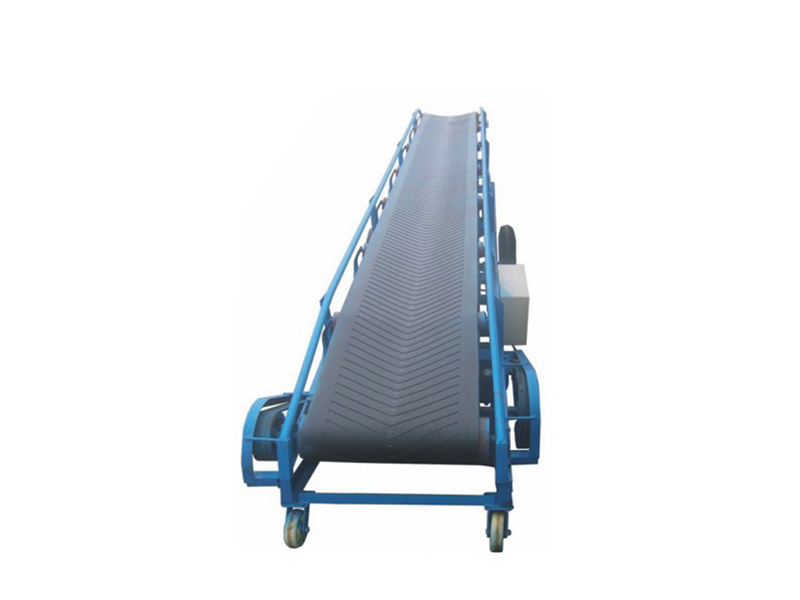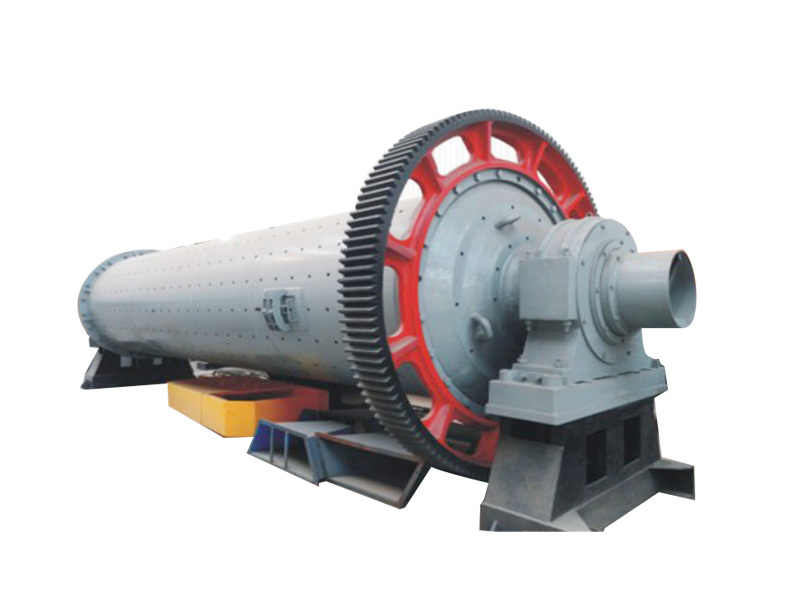Understanding the Role of Metallurgy Ball Mills in Material Processing
Metallurgy ball mills are crucial equipment in the manufacturing and processing of materials, especially in the building materials sector. These grinding machines are designed to reduce materials to a fine powder, which is essential for various applications, including cement production, mineral processing, and metal extraction. The operation of a metallurgy ball mill involves rotating a cylindrica
Metallurgy ball mills are crucial equipment in the manufacturing and processing of materials, especially in the building materials sector. These grinding machines are designed to reduce materials to a fine powder, which is essential for various applications, including cement production, mineral processing, and metal extraction. The operation of a metallurgy ball mill involves rotating a cylindrical shell filled with grinding media, such as steel balls, which crush and grind the material into the desired fineness.
One of the primary advantages of using metallurgy ball mills is their efficiency in energy consumption. Unlike other grinding methods, ball mills are capable of achieving a finer product at lower energy costs. This efficiency is particularly important in the construction materials industry, where cost-effectiveness and energy savings can significantly impact overall profitability.
Moreover, metallurgy ball mills offer versatility in processing a wide range of materials. Whether it is limestone, clay, or even ores, these mills can adapt to various feed sizes and types, making them an integral part of production lines. The ability to customize the grinding media and mill parameters allows manufacturers to fine-tune the milling process to achieve the desired product characteristics, such as particle size distribution and surface area.
Another noteworthy aspect of metallurgy ball mills is their contribution to improving the quality of the final product. The grinding process not only breaks down the material but also enhances its physical and chemical properties, which can lead to better performance in construction applications. For instance, finer particles can result in improved hydration in cement, leading to stronger and more durable concrete.
In addition to their grinding capabilities, metallurgy ball mills also play a role in environmental sustainability. By optimizing the grinding process and minimizing energy consumption, manufacturers can reduce their carbon footprint. Furthermore, advancements in technology have led to the development of more efficient ball mills that generate less waste and utilize fewer resources.
Overall, metallurgy ball mills are indispensable tools in the building materials manufacturing sector. Their efficiency, adaptability, and ability to enhance product quality make them a valuable investment for companies focused on growth and sustainability. Understanding the role of these machines can help professionals in the industry make informed decisions regarding their equipment choices, ultimately leading to improved operational effectiveness and a competitive edge in the market.
One of the primary advantages of using metallurgy ball mills is their efficiency in energy consumption. Unlike other grinding methods, ball mills are capable of achieving a finer product at lower energy costs. This efficiency is particularly important in the construction materials industry, where cost-effectiveness and energy savings can significantly impact overall profitability.
Moreover, metallurgy ball mills offer versatility in processing a wide range of materials. Whether it is limestone, clay, or even ores, these mills can adapt to various feed sizes and types, making them an integral part of production lines. The ability to customize the grinding media and mill parameters allows manufacturers to fine-tune the milling process to achieve the desired product characteristics, such as particle size distribution and surface area.
Another noteworthy aspect of metallurgy ball mills is their contribution to improving the quality of the final product. The grinding process not only breaks down the material but also enhances its physical and chemical properties, which can lead to better performance in construction applications. For instance, finer particles can result in improved hydration in cement, leading to stronger and more durable concrete.
In addition to their grinding capabilities, metallurgy ball mills also play a role in environmental sustainability. By optimizing the grinding process and minimizing energy consumption, manufacturers can reduce their carbon footprint. Furthermore, advancements in technology have led to the development of more efficient ball mills that generate less waste and utilize fewer resources.
Overall, metallurgy ball mills are indispensable tools in the building materials manufacturing sector. Their efficiency, adaptability, and ability to enhance product quality make them a valuable investment for companies focused on growth and sustainability. Understanding the role of these machines can help professionals in the industry make informed decisions regarding their equipment choices, ultimately leading to improved operational effectiveness and a competitive edge in the market.
Recommend Content
Industrial Rotary Kilns: Key Factors for Optimal Performance in Material Processing
Industrial Rotary Kilns: Key Factors for Optimal Performance in Material Processing
Rotary kilns are a cornerstone in various industrial applications, particularly in the processing of materials such as cement, lime, and ceramics. The effectiveness and efficiency of these kilns significantly influence production output and operational costs. In this in-depth exploration, we will elucidate the **ke






